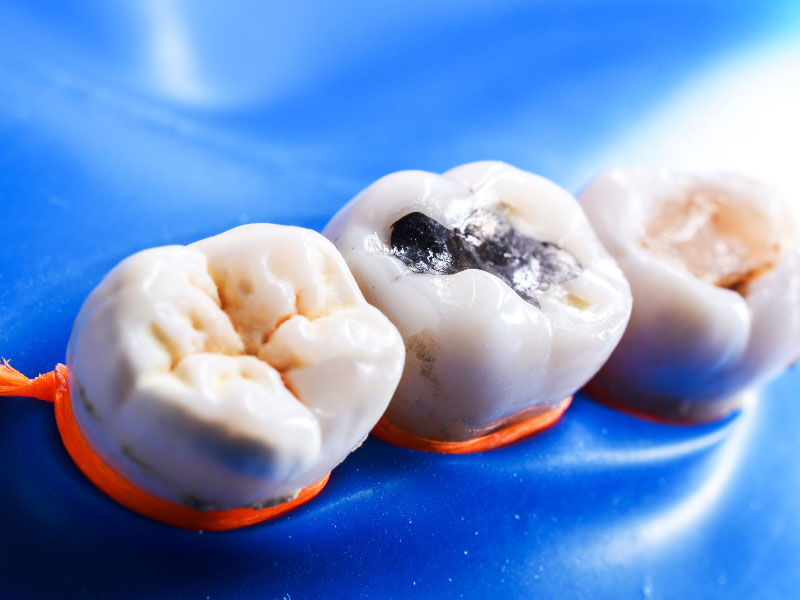Losing a Tooth Changes More Than a Smile
People rarely expect the ripple effects of losing a single tooth. One missing tooth can lead to another, bone that once had purpose begins to recede, and adjacent teeth slowly shift out of alignment. Even the tongue may adapt, subtly changing speech.
Tooth loss changes the shape of the mouth, affecting function, aesthetics, and confidence. That one missing tooth quietly invites bigger changes: a weaker bite, altered appearance, and a smile patients may hesitate to show.
An Approach That Replaces the Root, Not Just the Tooth
Historically, fixed bridges or removable dentures were the main solutions. Today, dental implants provide a biologically attuned alternative. An implant integrates with the jawbone, mimicking a natural root and supporting the tooth above.
This fusion of bone and biocompatible titanium encourages bone growth, cellular adhesion, and long-term stability. The result is not just a natural-looking tooth but one that functions like it belongs.
The Process Behind the Outcome
Implant cases vary, but the precision of each step remains consistent:
- Imaging: 3D scans assess bone health, nerve positioning, and available space.
- Treatment Planning: Pressure points, gum contours, and long-term function are carefully considered.
- Placement & Healing: The implant enters a healing phase, allowing bone cells to attach and surround it (osseointegration).
- Restoration: A custom crown—often zirconia or lithium disilicate—is connected via an abutment, completing the tooth as a continuous structure.
Who It's For—and When to Wait
Implants require healthy bone, stable oral conditions, and a suitable healing environment. Smoking, certain medications, immune conditions, or active gum disease may delay treatment. Advances like grafting materials and digital planning, however, have expanded eligibility for many patients.
Caring for an Implant Is Not Optional
While implants do not decay, surrounding tissues remain susceptible to inflammation or peri-implantitis if bacteria accumulate. Proper care is essential:
- Soft brushes and non-abrasive toothpaste
- Interdental cleaning with floss or brushes
- Neutral-pH fluoride options (like stabilized stannous fluoride) to protect titanium surfaces
More Than a Replacement—A Restoration of Wholeness
Dental implants restore function, support, and aesthetics without relying on neighboring teeth. They offer a stable, lifelike solution that goes beyond mere cosmetic replacement, returning the bite, symmetry, and confidence along with the smile.
For a personal consultation with a team that values precision and long-term care, call (808) 707-7445.

